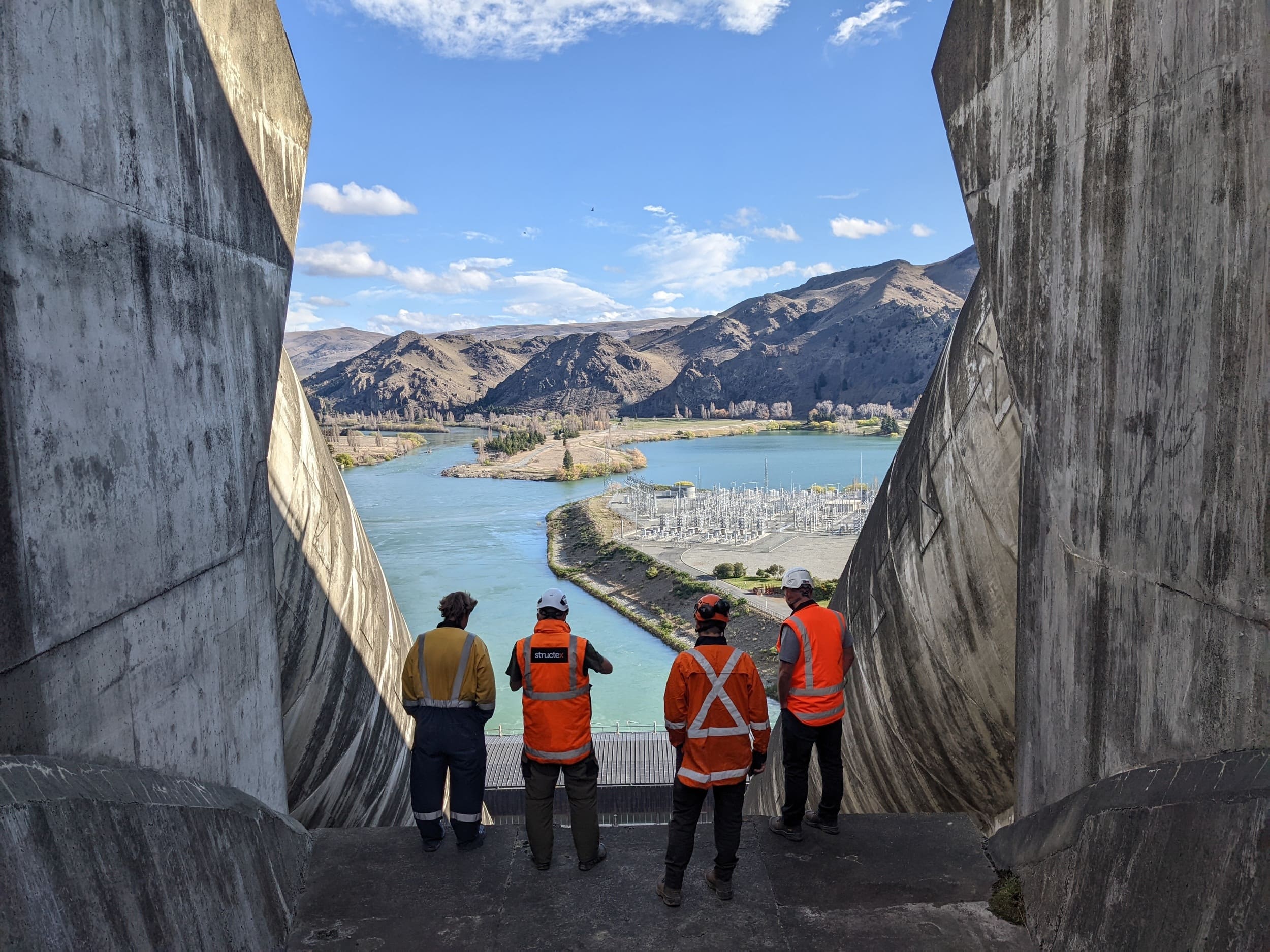Sydenham Public Water Supply Water Storage Tank
.jpg)
Seipp Construction designed an innovative pile-driving technique for a safer, more efficient installation of the main water storage tank for Christchurch.
In 2022, Christchurch City Council contracted Seipp Construction to install a stainless-steel 500m3 potable water storage tank in the old Citycare yard flanking Sydenham Park. The new tank was to replace temporary tanks put in place after the concrete original was irreparably damaged in the 2011 earthquakes.
The Sydenham pump station supplies most of the city’s water. Four wells draw water from aquifers some 200m deep and pump it to the storage tank, from where it is supplied on demand to homes and businesses. The upgrade forms part of a council initiative to upgrade all pump stations in the city.
.jpg)
Trusted to self-perform
As well as installing the tank, its foundations, and associated pipework, Seipp’s contract included demolishing and removing existing tanks and concrete work, and adding stormwater channels, a 1000m2 pavement and 1000m2 chipseal area, perimeter/security fencing, and stair access to the top of the tank. They also completed electrical upgrades in the pump station and commissioned the new tank.
‘We have a long history of delivering pump station projects,’ says Chris Bastin, Project Manager at Seipp. ‘On this one, we liaised with stakeholders and nearby businesses, managed all subcontractors – asphalt, mechanical, electrical, pipework – and gave monthly reports on budget, schedule, and any health and safety issues.
‘We self-performed the piling and base for the tank, all the stormwater requirements, the ductile iron and steel pipework from the wellheads to the new tank, and the pavement excavation and base-course layers.’

Innovation makes pile-driving safe and efficient
The foundations for the tank are 13 reinforced concrete piles, capped by a concrete slab measuring 1m thick and 15m in diameter. Standard pile-driving – using a crane to drop a mandrel repeatedly on each piling plug – is more of an art than a science and is inherently hazardous: jolting on the crane can cause it to topple or suffer repetitive damage; ropes can get damaged; and more.
With Seipp’s long experience of pile-driving, says Chris, ‘We identified a high-risk activity and came up with a safer and more efficient process.’ Instead of using a crane line in free-fall, they designed a steel frame and pin solution.
Each time the 80-tonne crawler crane lifted the mandrel, a pin secured the mandrel to the frame, holding it in position over the piling and allowing the crane’s lines to be relaxed. Then a hydraulic jack pulls the pin from the mandrel to drop it.
‘We built the steel frame, and the process went extremely well,’ notes Chris. ‘The crane operator felt completely safe, and so did the ground crew using the hydraulic jack. We dropped the mandrel about 650 times in total across the project, without any issues. And the piling operation finished ahead of schedule.’
















%20(1).jpg)

.jpg)


.jpg)
.jpg)
.jpg)






.jpg)
.jpg)
.jpg)
.png)
.jpg)

.jpg)

.jpg)

.jpg)
.jpg)
%20(1).jpg)


.jpg)
.jpg)

.jpg)
.jpg)
.jpg)
.jpg)


.jpg)